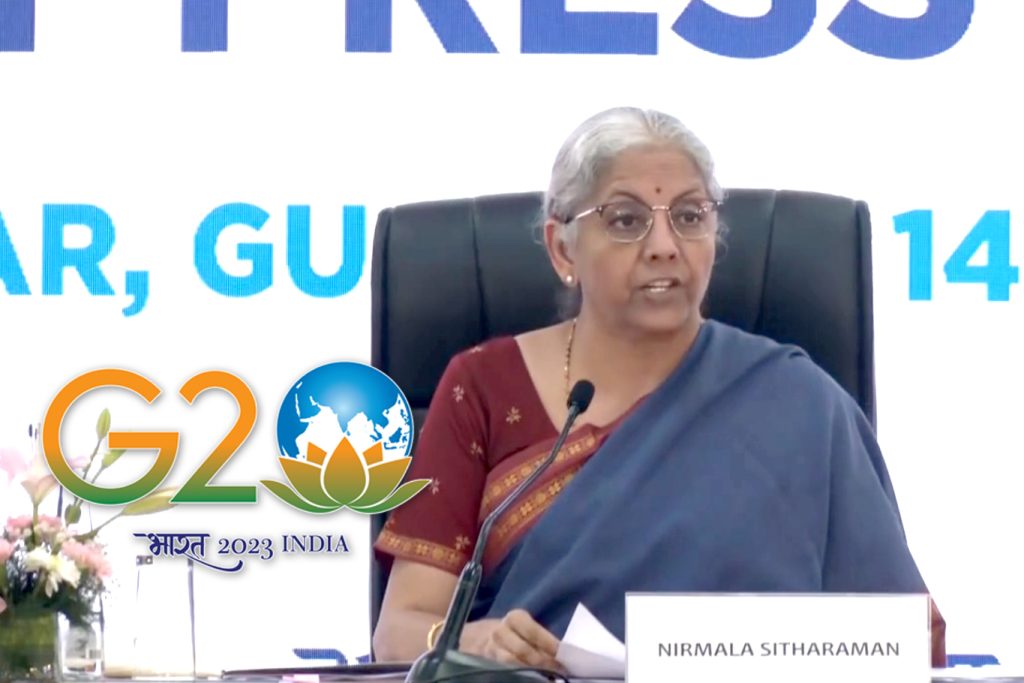
India’s G20 presidency has achieved significant strides in tackling various challenges, including debt vulnerabilities in low and middle-income nations, according to Nirmala Sitharaman, the Union finance minister. Sitharaman highlighted that they have bolstered the lending capabilities of multilateral development banks (MDBs) and crafted a regulatory framework for cryptocurrencies amidst growing complexities in the global economy.
Sitharaman virtually addressed an event of the G20 FinanceTrack, asserting that the core mandate of international cooperation within the G20 has not been overshadowed by geopolitical differences under their leadership.
On July 18, the G20, comprising 20 nations, endorsed a roadmap aimed at enhancing MDBs’ lending capacities, addressing debt vulnerabilities, and establishing a coordinated risk-based regulatory structure for cryptocurrencies. This resolution was reached following a two-day meeting of the finance ministers and central bank governors of the G20 member countries.
However, due to disparities between the G7 segment and Russia concerning the description of the Ukraine conflict, a joint communique could not be issued from the discussions. Sitharaman emphasized that India’s presidency ensured consensus on all economic matters while maintaining a forward-looking agenda for the G20 in 2023. The discussions have primarily focused on devising solutions for existing and potential challenges.
Sitharaman cautioned about the escalating debt problems in susceptible economies, emphasizing the substantial economic risks they pose to sustainable development. The Indian G20 presidency has prioritized managing global debt vulnerabilities, showcasing a dedication to voicing the concerns of the global south. Notably, progress has been made regarding debt relief for the most vulnerable nations, with China lending its support to the resolution mechanism championed by India.
To confront pressing global challenges and achieve sustainable development goals, the G20 Independent Expert Group on MDB reforms, co-led by N K Singh, estimated a need for an additional $3 trillion per year by 2030. Of this annual requirement, around two-thirds could be mobilized from domestic resources, while the remaining would rely on external financing. More than half of the $1 trillion in external financing could originate from private sources, with the remainder coming from official financing, including MDBs.
MDBs are grappling with mounting requests from both donors and borrowing nations to expand their lending operations beyond their primary development mandates. However, current circumstances do not adequately equip MDBs to meet the rising demand for their resources, Sitharaman noted.
During the FMCBG meeting, the G20 bloc endorsed the financial stability board’s (FSB’s) high-level recommendations for regulating crypto assets and global stablecoin arrangements.
Sitharaman remarked that the forthcoming synthesis paper, jointly developed by the International Monetary Fund and the FSB, along with the roadmap, will play a pivotal role in shaping future regulatory measures for crypto assets as the G20 moves toward the Leaders Summit in September 2023.










